
The pathway into technology careers begins long before college. When schools successfully integrate modern STEM curricula, students develop problem-solving capabilities and systems thinking that prepare them for a rapidly changing workforce.
Yet adoption rates lag behind the urgency. Many districts struggle to move beyond traditional subject silos into integrated, hands-on STEM instruction. Understanding why these barriers exist is the first step toward dismantling them.
Most elementary teachers receive minimal STEM training during their pre-service education. This creates a confidence gap that can transfer anxiety to students rather than curiosity.
Secondary STEM teachers often lack subject-specific degrees. Research shows that teachers with strong content knowledge produce measurably better student outcomes, yet schools in high-poverty areas are 40% more likely to assign out-of-field teachers to STEM classes.
Many school facilities predate modern technology requirements. Labs lack updated equipment, districts cannot afford consumable materials, and digital infrastructure remains insufficient for simulation-based learning.
Budget limitations force difficult choices. When funding gets tight, hands-on STEM programs often face cuts despite their proven impact on engagement.
Educational systems were optimized for industrial-era careers with predictable, linear pathways. STEM education requires a different model: interdisciplinary, student-centered, and adaptable.
This paradigm shift unsettles established routines. Teachers accustomed to lecture-based delivery must reimagine their role as facilitators rather than information providers.
Teacher preparation programs emphasize pedagogy but often shortchange deep content mastery. A typical elementary credential program includes limited STEM coursework, leaving graduates underprepared to answer student questions or troubleshoot project challenges.
The result? Teachers avoid teaching what they don't feel confident explaining.
First-year teachers need intensive support, yet many districts assign them to the most challenging classrooms with minimal mentoring. Without guided practice and expert feedback, new educators struggle to implement unfamiliar curricula effectively.
Professional development often takes a one-and-done workshop approach when sustained, job-embedded coaching produces lasting change. Teachers need multiple touchpoints: initial training, classroom modeling, co-teaching opportunities, and reflection cycles.
Districts seeing success provide:
Betabox Onsite Workshops address this gap by bringing professional development directly to schools. Teachers learn hands-on facilitation techniques they can immediately transfer to their classrooms.
State standards often remain siloed by subject, making integrated STEM instruction feel misaligned with accountability measures. Teachers worry that project-based learning won't prepare students for standardized tests focused on discrete skills.
This tension creates adoption hesitancy even when curriculum quality is strong.
Traditional assessments measure content recall rather than applied problem-solving. STEM education requires different evaluation approaches: portfolio reviews, design challenges, and competency demonstrations.
Schools need assessment tools that capture what students can build, explain, and improve, not just what they can memorize.
Successful districts map STEM curricula to standards explicitly, showing teachers where integration naturally occurs. They also advocate for assessment reforms that value applied knowledge alongside foundational concepts.
Property tax-based funding perpetuates inequality. Affluent districts access makerspace equipment and field experiences while under-resourced schools struggle to provide basic lab materials.
Policy solutions require looking beyond traditional funding models toward public-private partnerships that bring industry resources into classrooms.
The bell schedules fragments learning into isolated periods. True STEM integration often requires longer blocks for extended projects.
Some schools address this through flexible scheduling, combining class periods, or creating dedicated STEM labs that multiple classes can access.
Principals unfamiliar with modern STEM pedagogy may inadvertently undermine adoption by evaluating teachers using traditional metrics. When observation rubrics reward quiet rows over collaborative problem-solving, teachers revert to safer instructional methods.
Leadership development around STEM education is as critical as teacher training.
Successful STEM programs rarely succeed through top-down mandates. They require champions at every level: teachers who see the value, administrators who remove obstacles, parents who understand the approach, and community members who provide real-world connections.
Local employers have vested interest in STEM-capable graduates. Many will fund equipment, provide mentors, or host site visits when schools create structured partnership pathways.
Betabox connects schools with industry partners who support hands-on learning experiences at scale. These collaborations bring cutting-edge technology to students regardless of zip code.
Parents educated in traditional systems may question project-based approaches that look different from their own schooling. Clear communication about learning objectives and skill development builds trust.
Showcase nights where students demonstrate their work help parents see the rigor behind the engagement.
When teachers select from vetted curricula rather than having programs imposed, adoption rates improve. Choice creates ownership and accounts for different comfort levels with hands-on instruction.
The more preparation required, the less likely implementation succeeds. Ready-to-use materials with clear facilitation guides lower the barrier to entry.
Betabox Hands-On Projects offer checkout-based kits with everything teachers need: materials, instructions, alignment documents, and assessment tools.
Piloting with early adopters builds internal expertise before scaling district-wide. These teacher-leaders become peer coaches who can support broader rollout.
STEM integration works best when teachers from different disciplines coordinate. Scheduled collaboration time allows science, math, and technology teachers to design coherent student experiences rather than disconnected units.
School systems seeing measurable gains share common practices:
Rural districts partnering with regional universities gain access to expertise and equipment otherwise unavailable. These collaborations often include summer programs that engage both students and teachers in extended STEM experiences.
Urban schools leveraging industry partnerships bring professionals into classrooms as mentors and guest experts. Students see career pathways firsthand, increasing relevance and motivation.
Suburban districts with existing resources focus on equity within their boundaries, ensuring all students regardless of tracked placement access quality STEM experiences.
The common thread? External partnerships that supplement internal capacity. Betabox Field Trips deliver high-impact STEM experiences directly to school parking lots, eliminating transportation barriers and reaching entire grade levels in single-day events.
Historically excluded groups face additional barriers in STEM fields. Curriculum adoption must include attention to who engages and who opts out.
Inclusive practices include:
When curricula are designed with accessibility in mind from the start, adaptations become unnecessary. Multiple means of representation, engagement, and expression ensure all learners can access content.
Quality STEM programs track multiple indicators: student interest surveys, course enrollment trends, project completion rates, and career pathway choices.
Evaluation should also capture teacher experience. Are educators feeling supported? Do they see student engagement increasing? Would they recommend the curriculum to colleagues?
The best districts treat curriculum adoption as iterative. They collect feedback continuously and make refinements based on what they learn.
Regular check-ins with implementation teams surface challenges early when they're easier to address.
The shift toward competency-based education will continue accelerating. As more schools move beyond seat-time requirements toward demonstrated mastery, STEM curricula that emphasize hands-on capability development will become the standard rather than the innovation.
Technological tools will expand access. AI-assisted learning platforms can personalize pathways while teachers focus on facilitation and relationship-building.
Public-private partnerships will play growing roles in educational procurement. Rather than schools bearing full responsibility for STEM implementation, collaborations with industry and institutions will distribute both funding and expertise.
The question is not whether STEM curriculum adoption will increase, but how quickly schools can overcome existing barriers to serve students who need these capabilities now.
Start your application or schedule a blueprint call to explore how Betabox resources can help you overcome adoption barriers and create lasting STEM capacity.
What are the main barriers to adopting STEM curricula in K-12 schools?
Teacher preparation gaps, inadequate facilities and materials, resistance to pedagogical change, misalignment with assessment systems, and insufficient professional development create the most common obstacles. Resource constraints in under-funded districts compound these challenges.
How can schools support teachers in STEM curriculum implementation?
Sustained professional development with classroom modeling, collaborative planning time, access to curriculum coaches, and peer learning communities help teachers build confidence and skill. Providing ready-to-use materials significantly lowers implementation barriers.
What role do standards play in STEM curriculum adoption?
Standards alignment determines whether teachers feel safe dedicating instructional time to integrated STEM. When curricula clearly map to state standards and assessment expectations, adoption resistance decreases. Districts need to advocate for standards that support interdisciplinary learning.
How can policy affect STEM education integration?
Funding structures, accountability measures, and credentialing requirements all shape what's possible in classrooms. Policies enabling public-private partnerships, flexible scheduling, and competency-based progression support STEM adoption more effectively than traditional frameworks.
What strategies help overcome resistance to new STEM programs?
Starting with voluntary pilots, providing extensive implementation support, engaging stakeholders early, demonstrating student impact through data, and creating teacher leadership opportunities build momentum. When early adopters succeed visibly, broader buy-in follows naturally.
Reference:
Ejiwale, James. (2013). Barriers To Successful Implementation of STEM Education. Journal of Education and Learning (EduLearn). 7. 63. 10.11591/edulearn.v7i2.220.


Ready to learn how Betabox resources can be implemented at your school or District?
Book a Blueprint Call

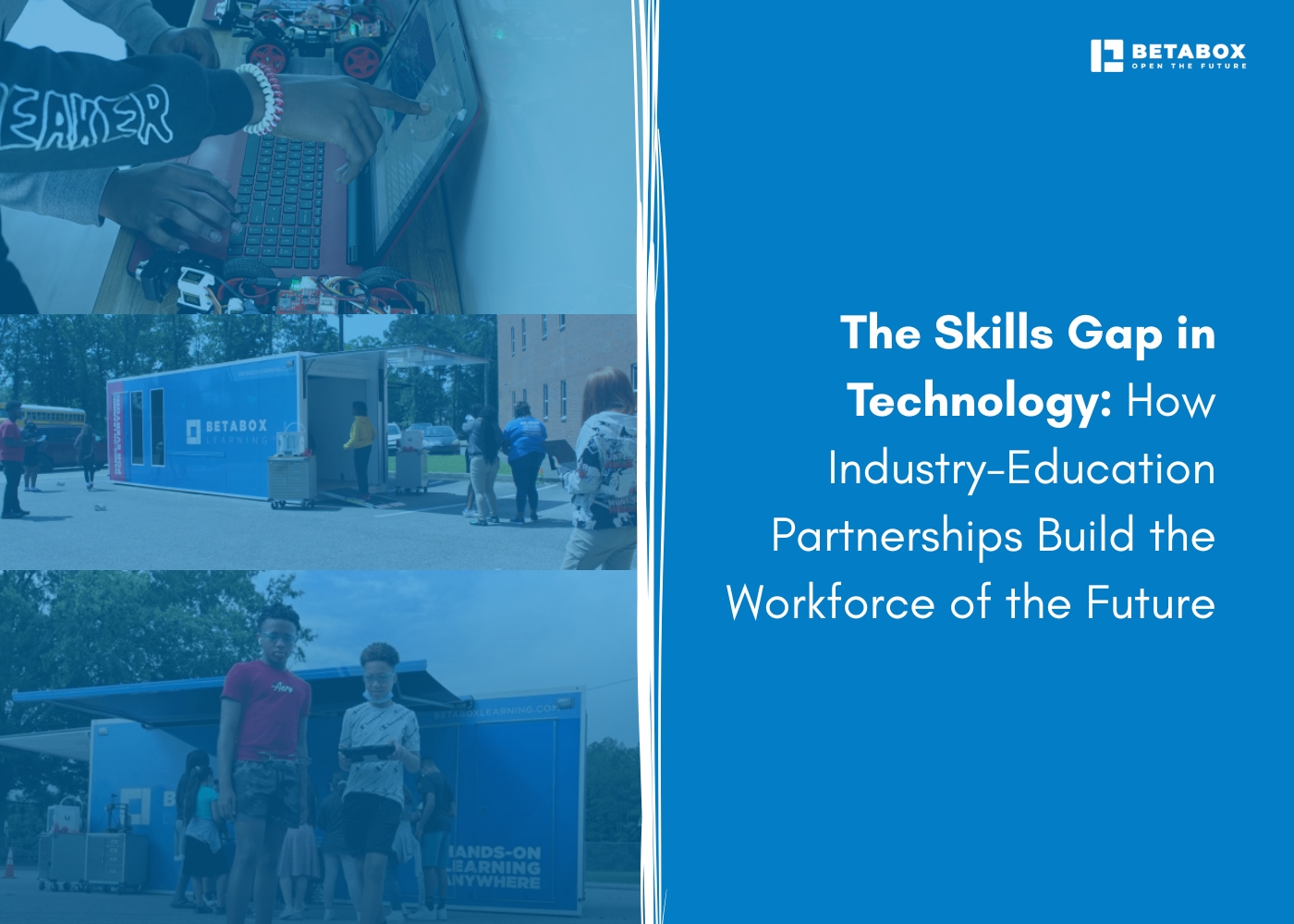

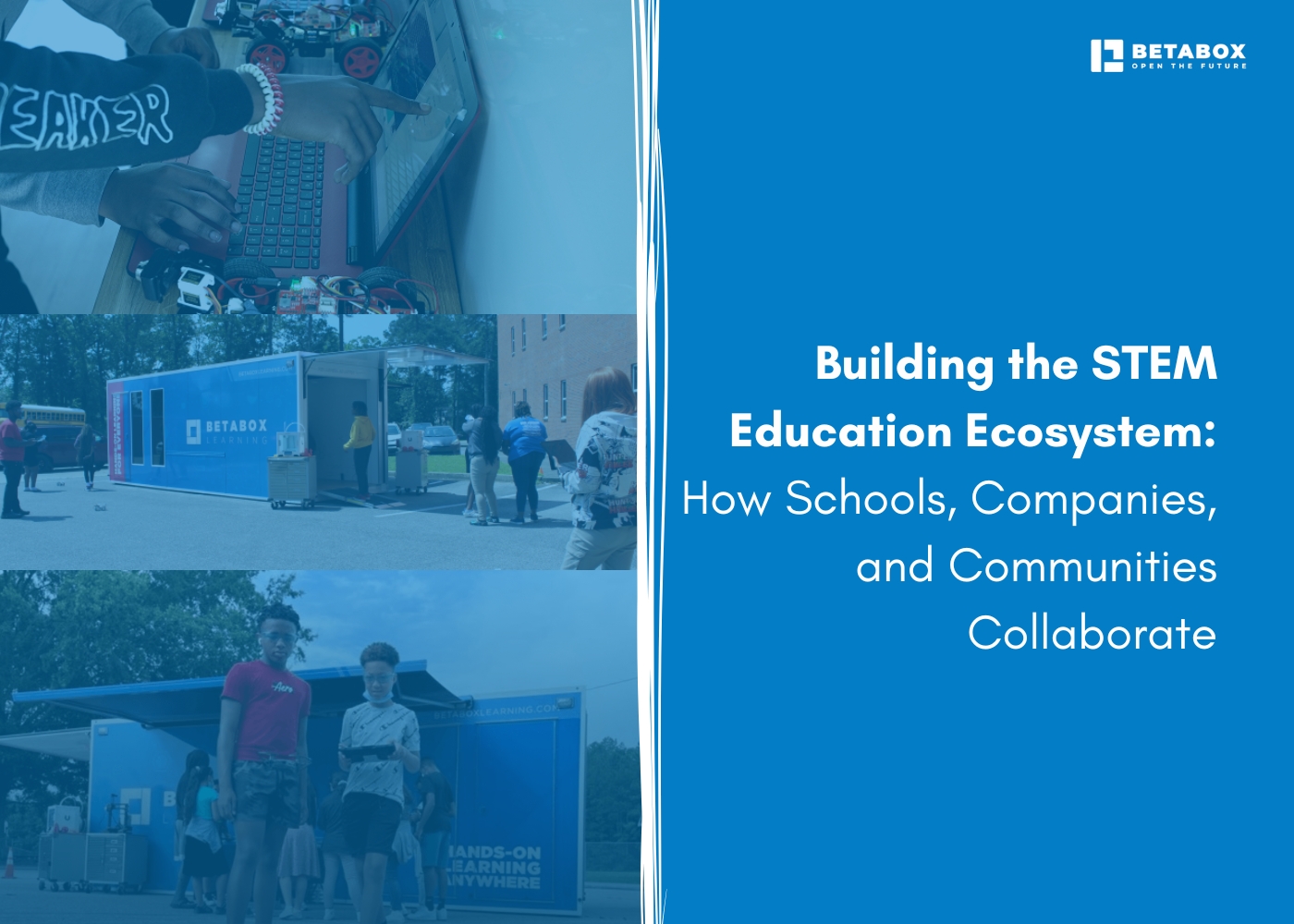

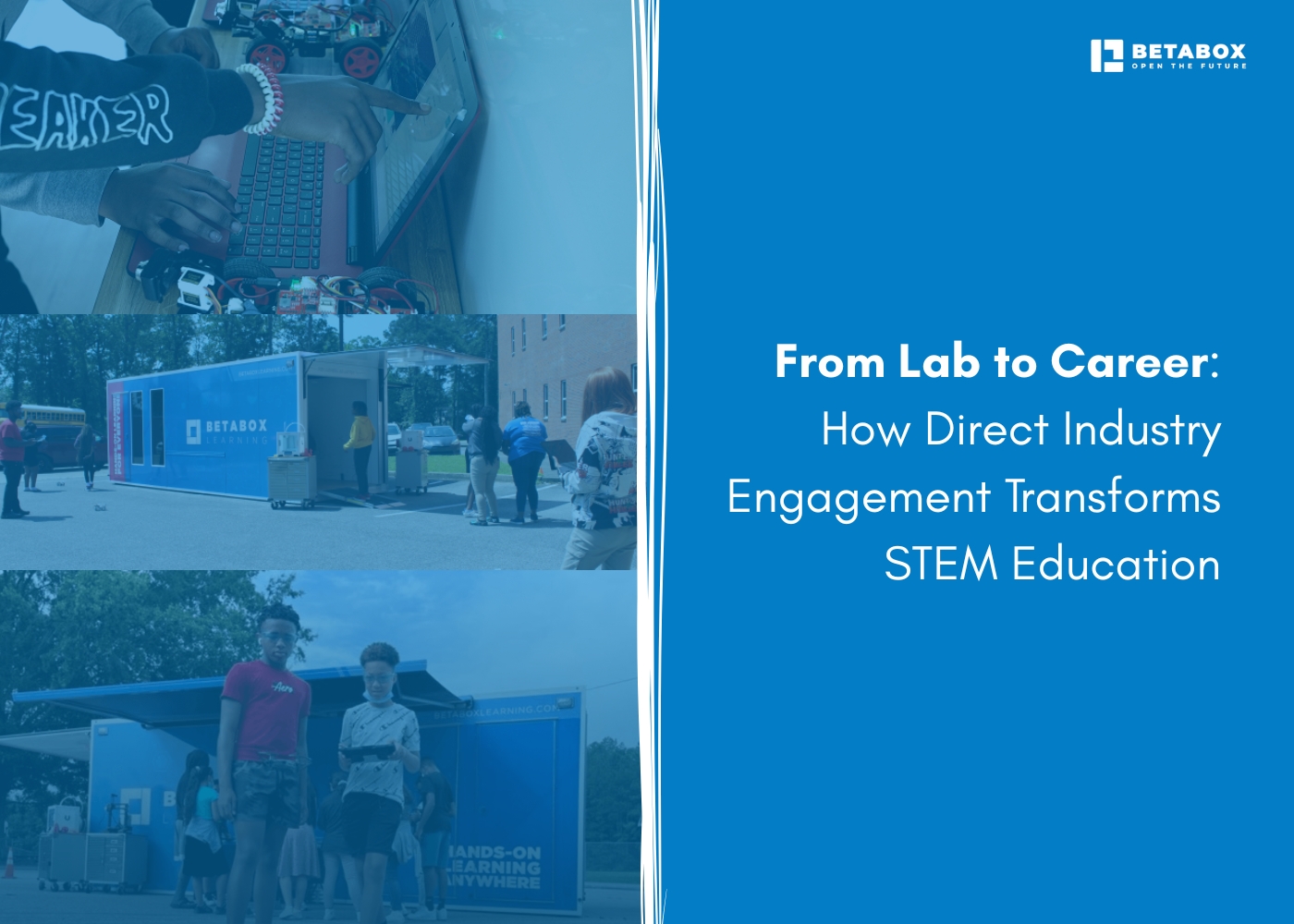

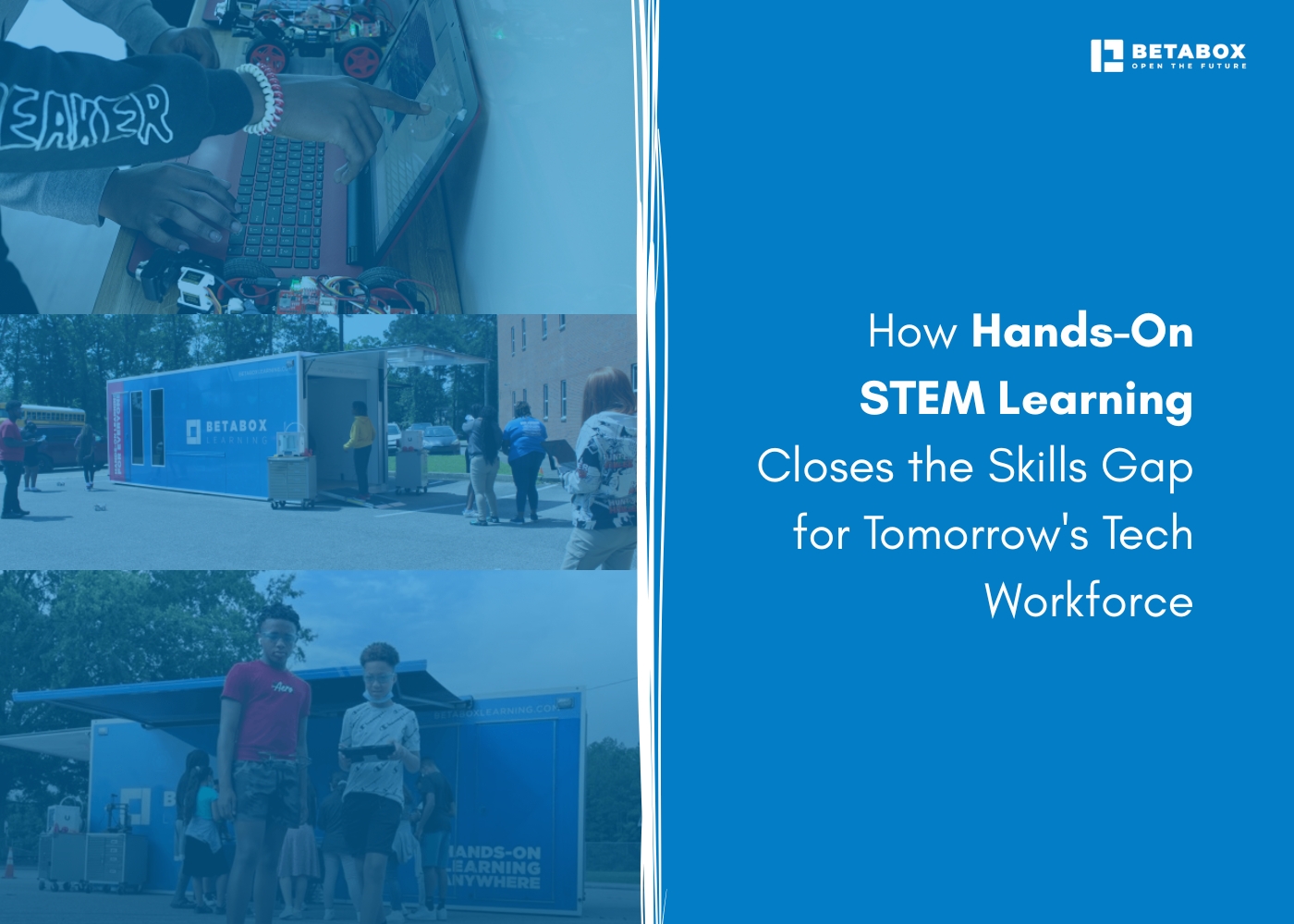

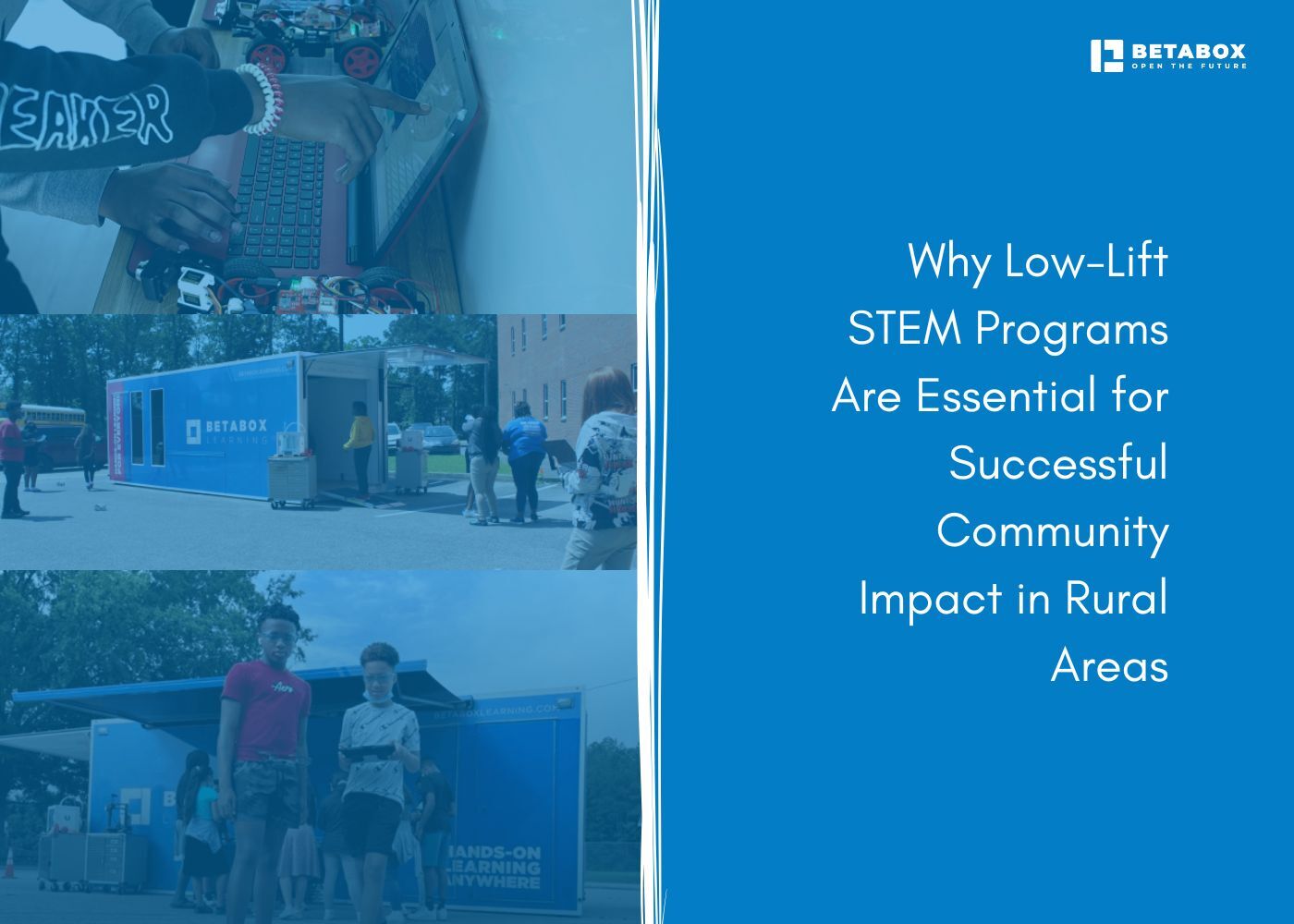

.jpg)

.jpg)

.jpg)

.jpg)





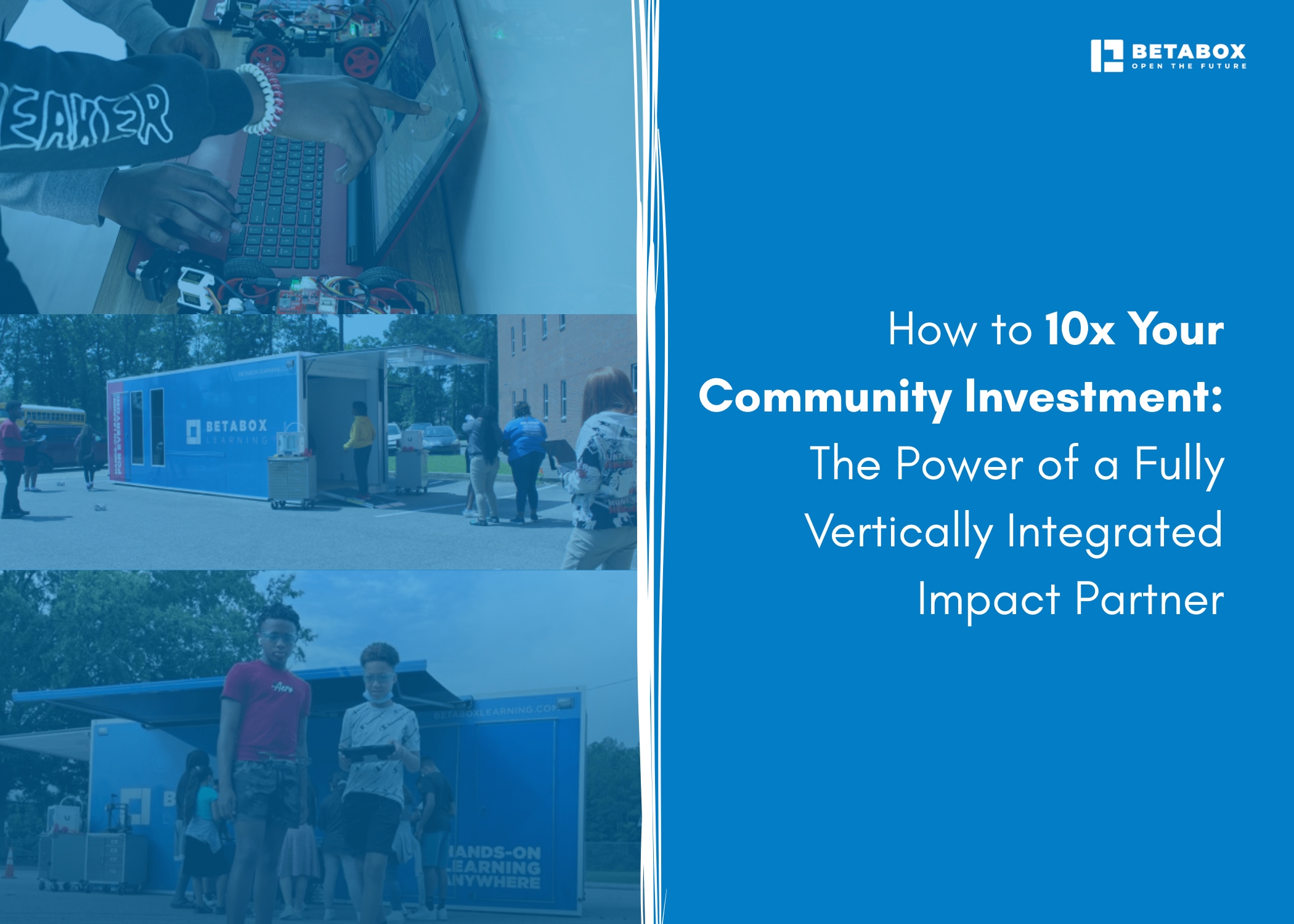

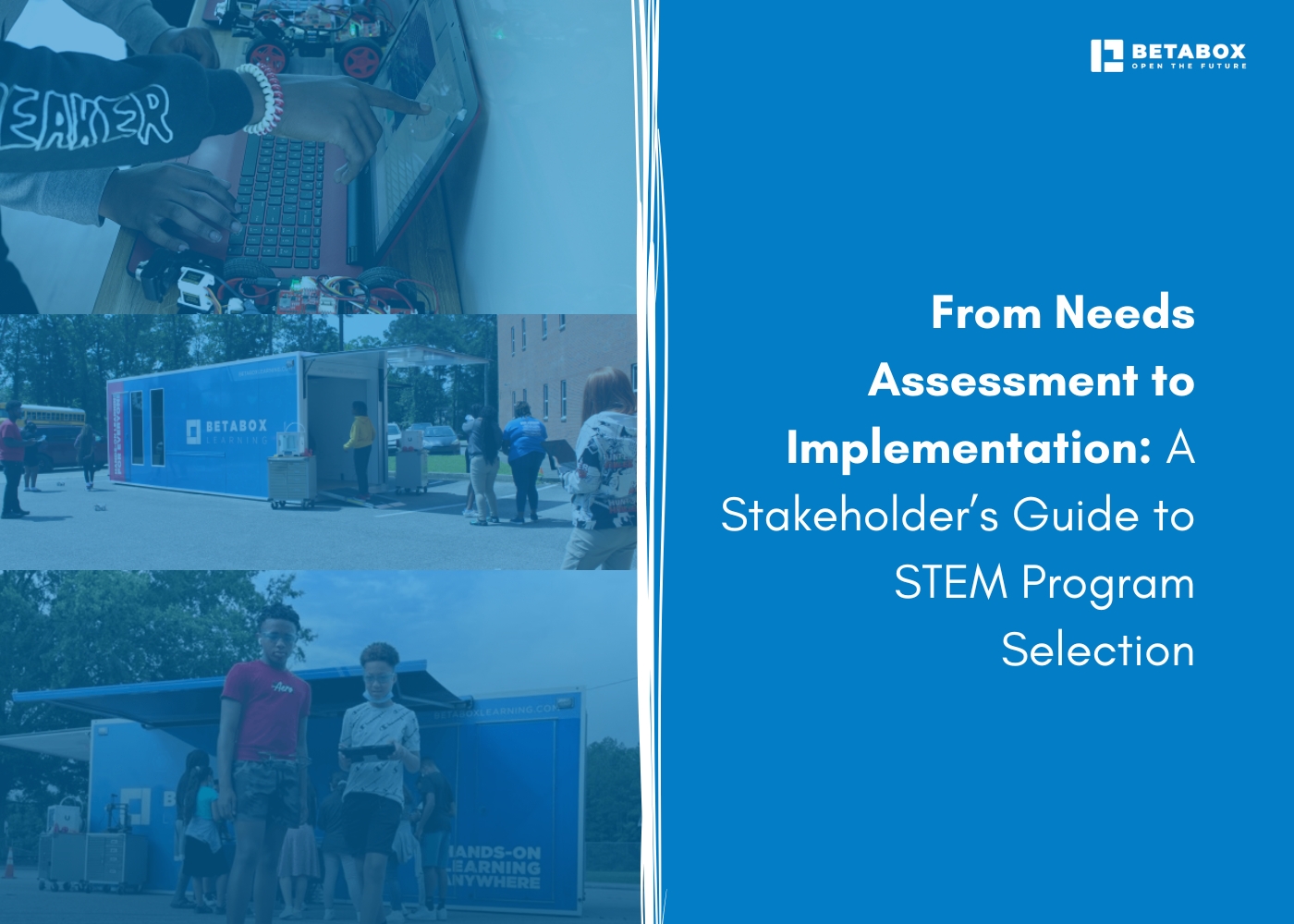

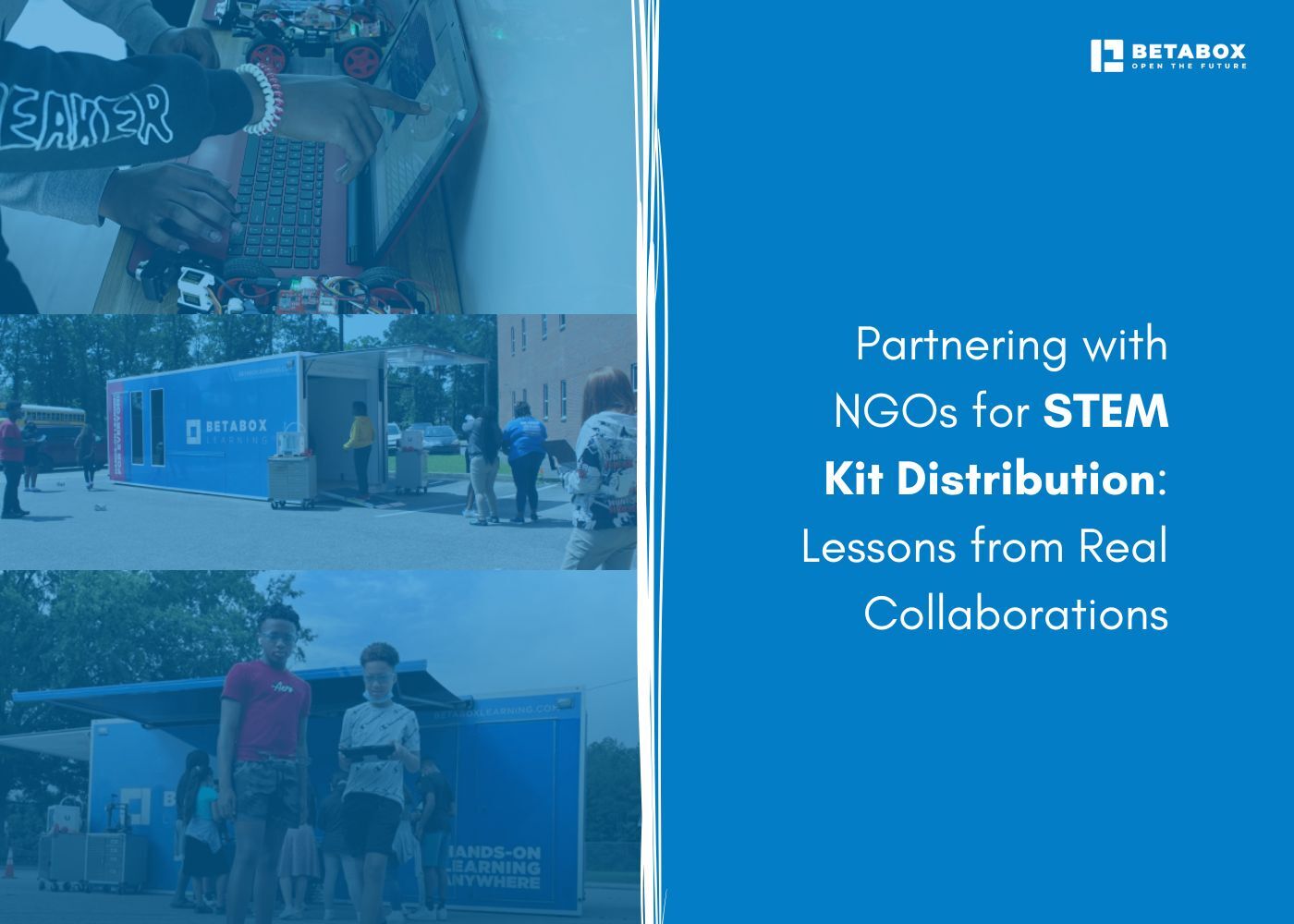

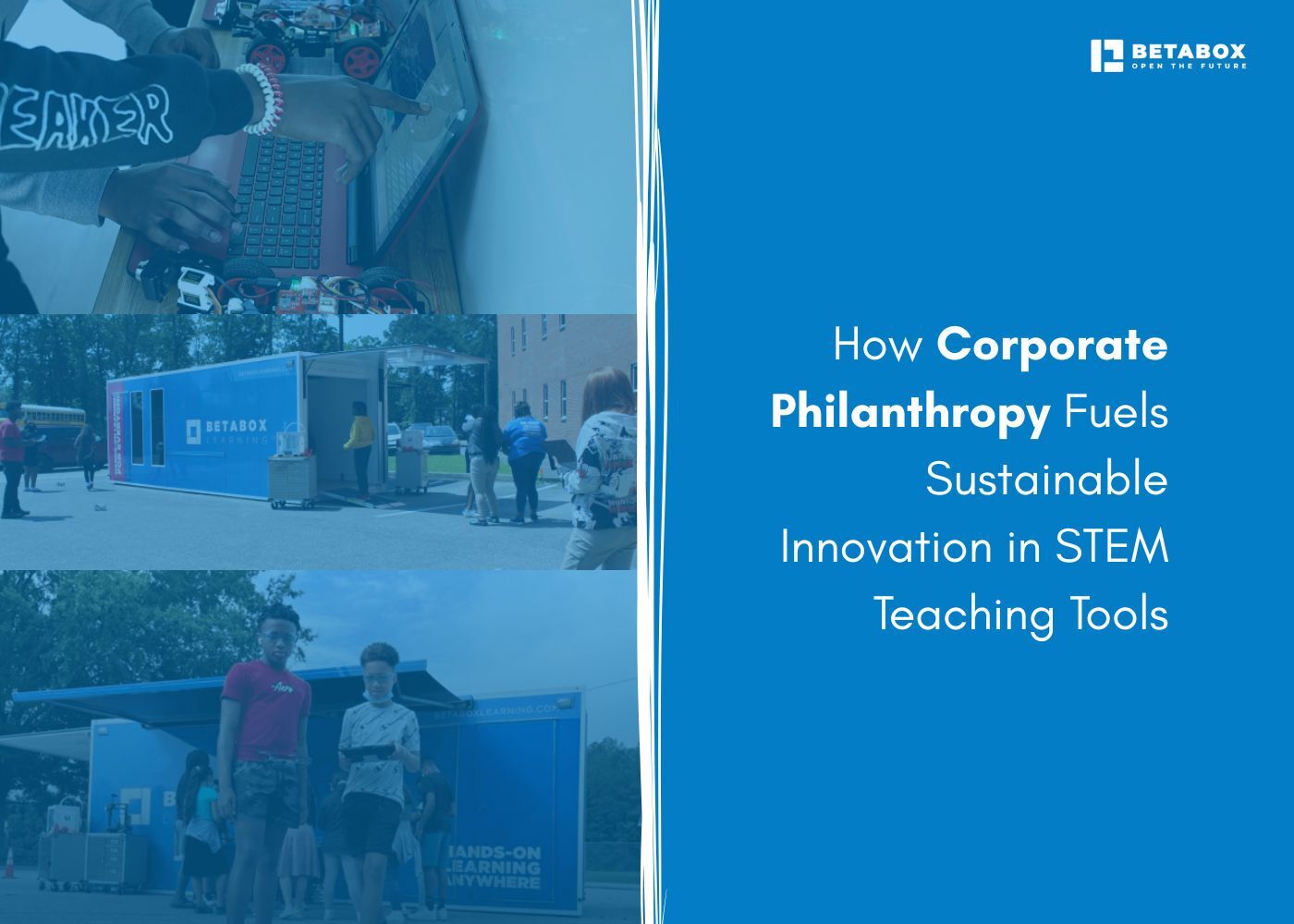

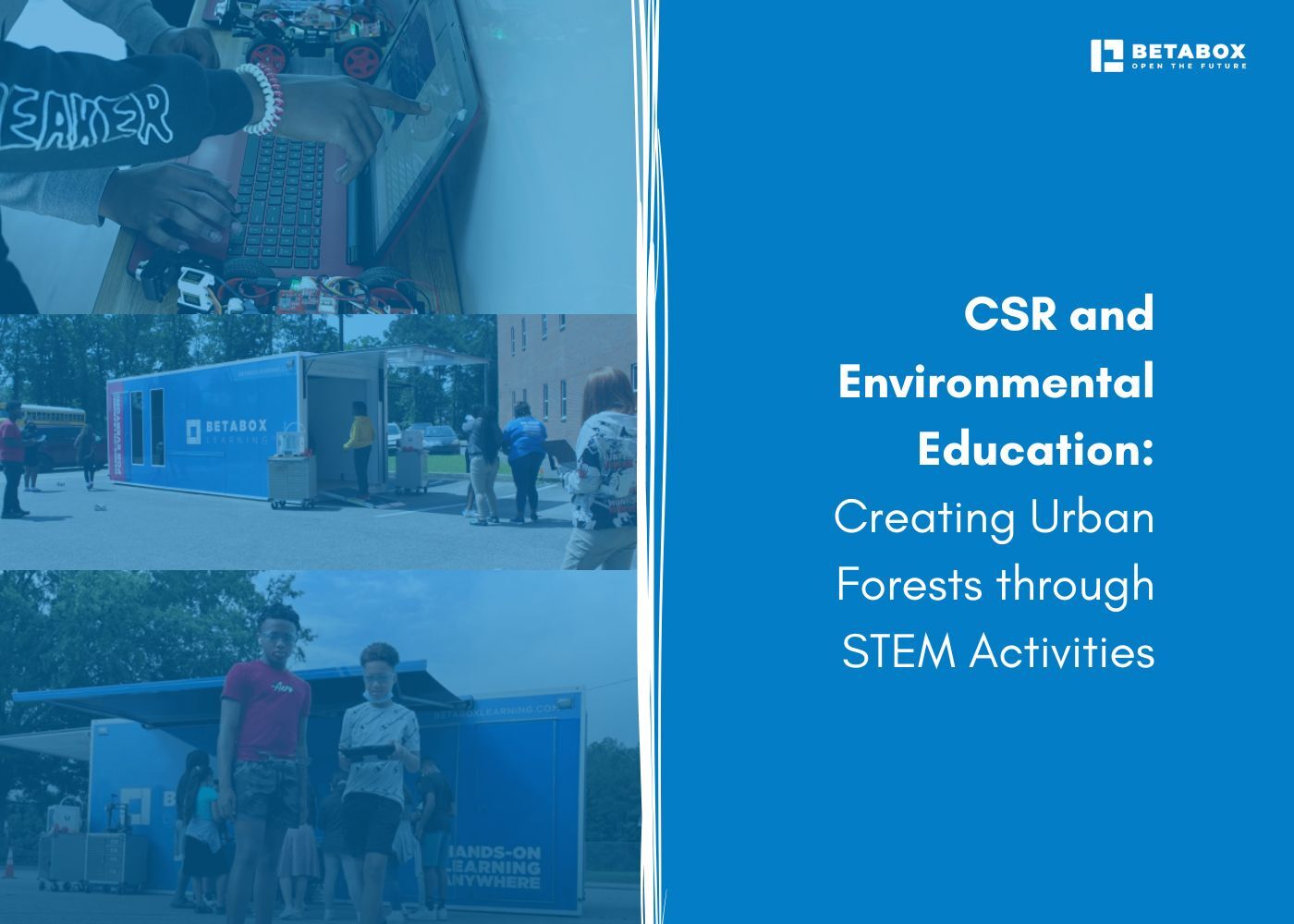

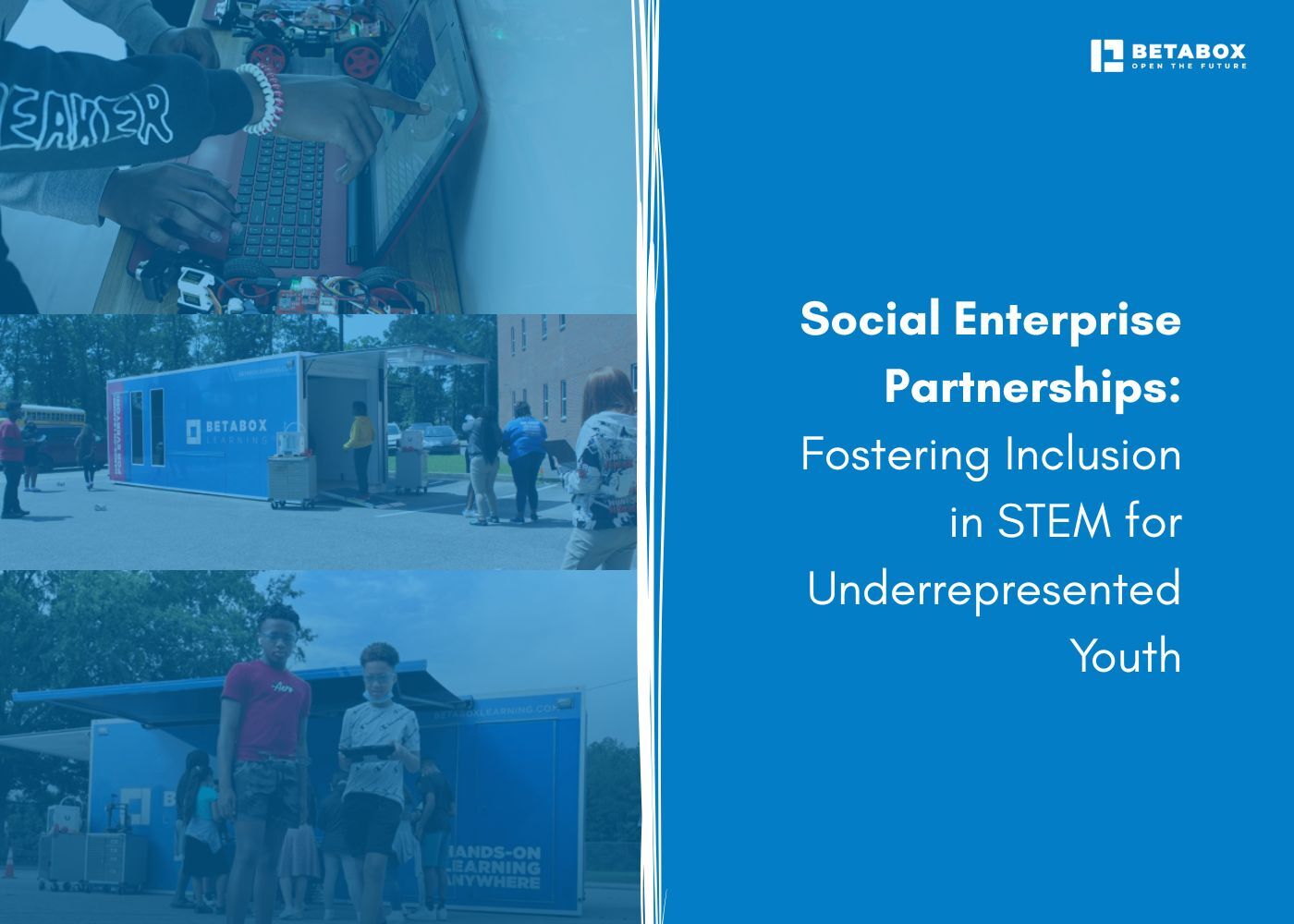

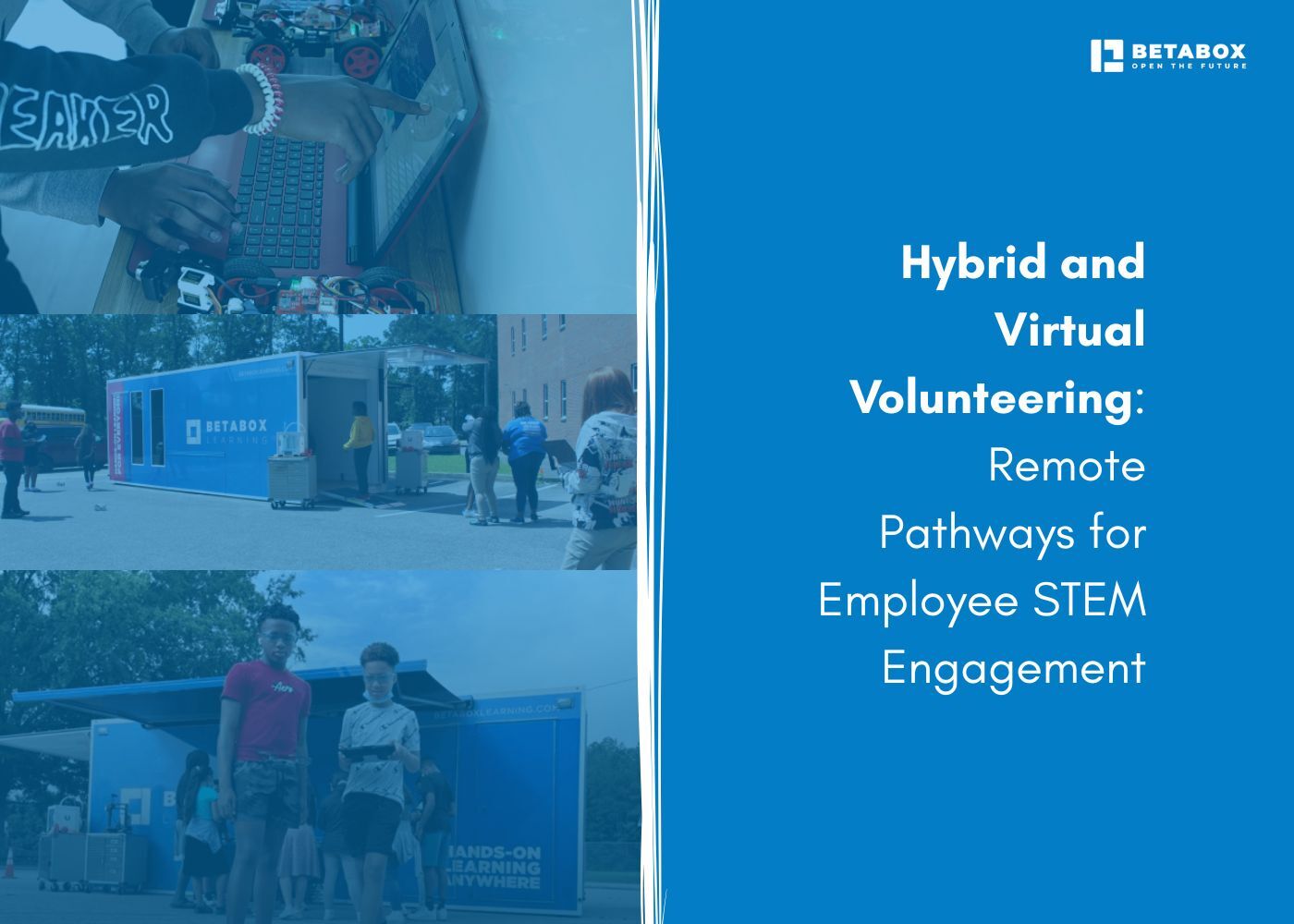

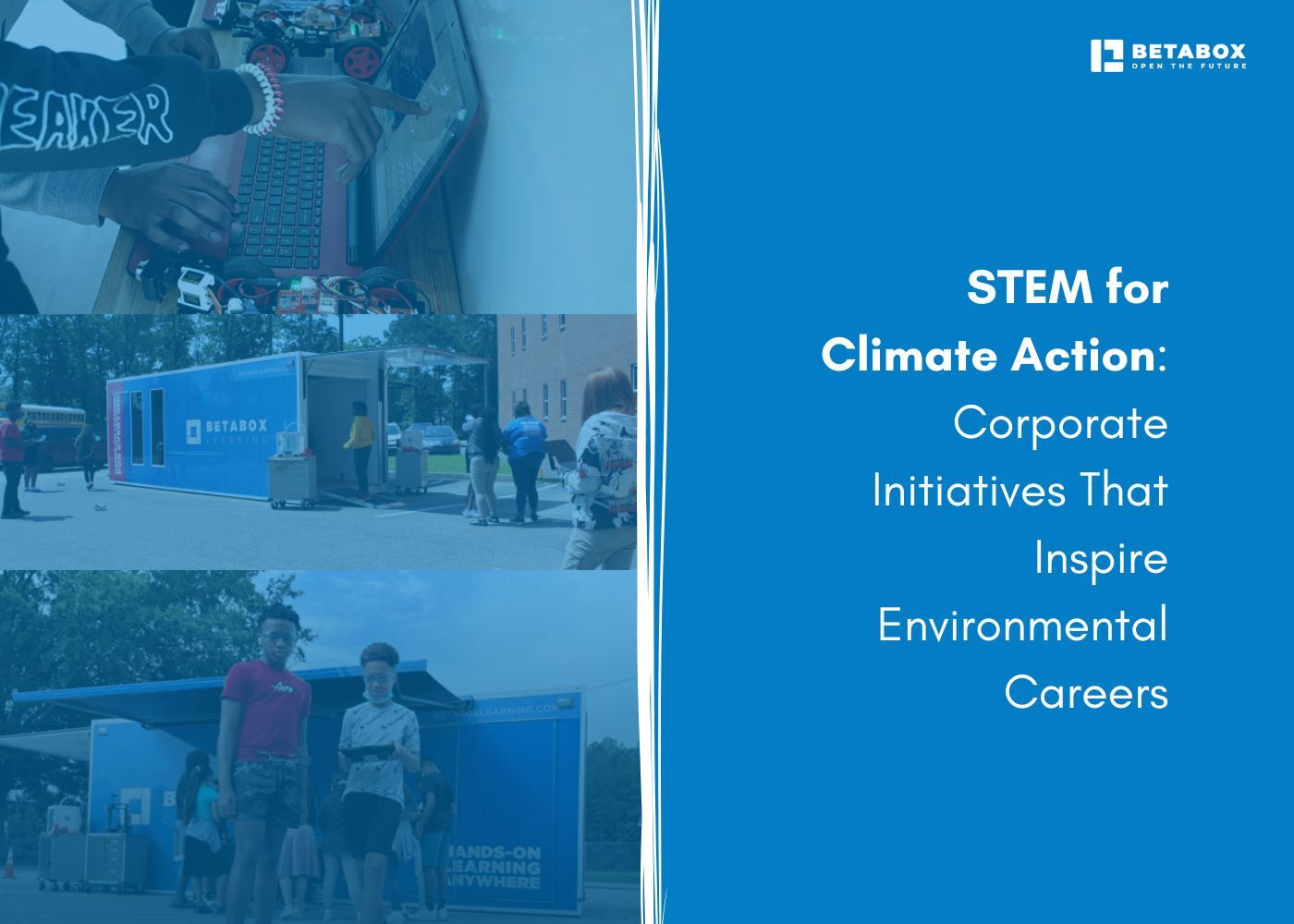



At Betabox Learning, we are passionate about making hands-on STEM curricula accessible to all students.

Join our newsletter to stay in the loop on all things Betabox and the future of STEM education.
By submitting your email address, you agree to our Privacy policy and Terms of Service. You can unsubscribe any time via the link in your email.
© 2025 Betabox. All Rights Reserved
